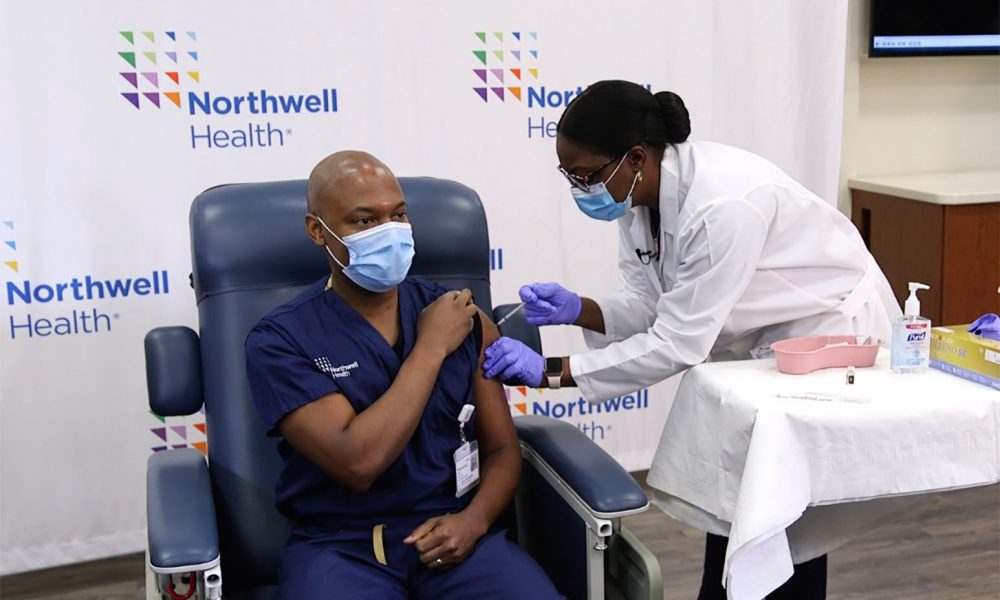As colleges and universities decide whether or not to open for the fall, athletic departments face the toughest decision yet: Should there be a football season?
What We Know:
- For most institutions, football is the sport that brings in the most revenue. There are billions of dollars earned from television contracts and live games that attracts student applications and alumni donations. Schools in the Big Ten can earn $54 million per year in television revenues alone.
- Over the last couple months, college sports leaders have declared that if classes do not resume on campus this fall, football and other sports would not be played. Canceling football “can have unbelievably devastating impact on us” said Larry Williams, the athletic director at Akron, which recently dropped three sports amid the university wide budget crunch. Some believe exceptions can be made if there are other limited student activity.
- This reopening would demand extraodinary measures like sanitizing facilities, widspread testing, and social distancing. The reopening would come on the brink of 100,000 Americans having died from the coronavirus. There would be no guarantee that if the season begins on time, it will finish as scheduled.
- The Big 12 commissioner, Bob Bowlsby was in a meeting with college administrators last week and described college campuses as petri dishes for the transmission of infectious diseases: “It isn’t a matter of when we’re going to have outbreaks, its a matter of how big they are and how we go about triaging.”
- Oklahoma Coach Lincoln Riley, believes bringing athletes back to campus by June 1 is “ridiculous”. Oklahoma announced Tuesday that it would not open it’s facilities until July 1 which is two week after the Big 12 will allow players to workout on campus.
This week, players will begin returning to campuses to prepare for voluntary workouts, which under NCAA rules can be supervised by strength and conditioning coaches, but not by football coaches.



